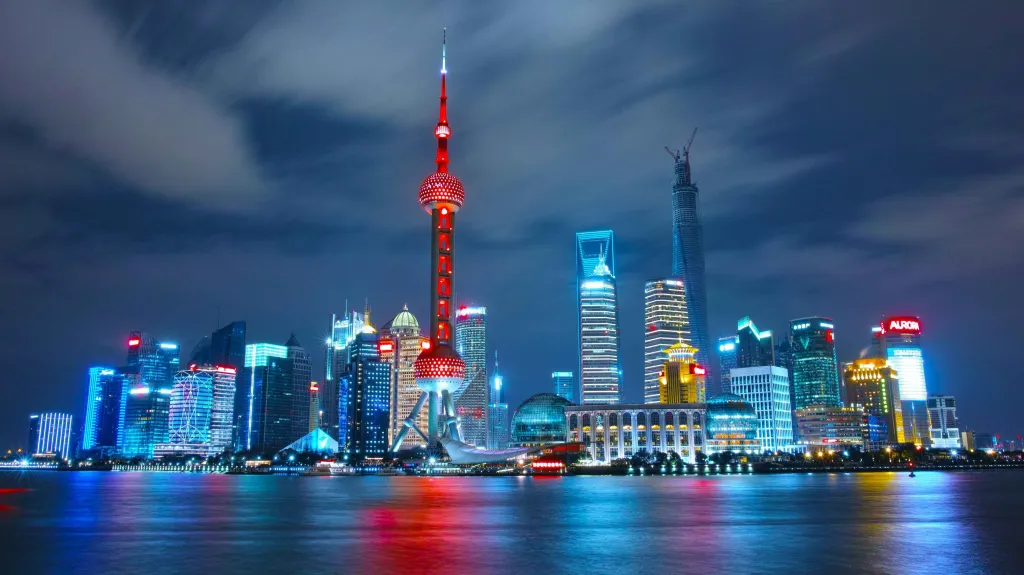Investor activity in China is at a six-month peak. What is driving the rally?
Turnover on China's stock exchanges exceeded 2 trillion yuan for the first time since February

Trading volume on China's stock exchanges reached a six-month high: this signals growing optimism among investors and a possible continuation of the rally. The key Shanghai Composite index hit a record for the first time since October, while the tech-heavy ChiNext posted its best one-day gain since January. At the same time, amid the rally in equities, the debt market is under pressure: futures on long-term government bonds fell to a four-month low.
Details
On Wednesday, August 13, trading volume on mainland Chinese exchanges amounted to 2.15 trillion yuan ($300 billion) - a record since February 21, when interest in risky assets surged after a breakthrough in the field of artificial intelligence from Chinese startup Deepseek. Exceeding the key mark of 2 trillion yuan analysts regard as a sign of dominance of "bulls" in the market, notes Bloomberg.
Chinese stocks have been rising in recent months and high local liquidity is likely to continue to support the rally, the agency suggested. The Shanghai Composite index, a broad gauge of all stocks on the Shanghai bourse, rose in trading on Aug. 13 above the all-time record set on Oct. 8, long considered a very high bar. Meanwhile, the ChiNext index, which tracks shares of technology and high-growth companies traded on the Shenzhen Stock Exchange, added 3.6 percent, its best performance since January.
The growth affected a wide range of sectors, Finimize adds. The CSI300, which represents a "cross-section" of the most important and liquid companies from mainland China, and the STAR Market 50, China's equivalent of the Nasdaq, also rose as technology, semiconductor and insurance stocks rose.
Why the stock market is going up
The Chinese stock market is recovering after a prolonged period of weakness associated with the slowdown in the economy and restrictive measures in a number of industries, notes Bloomberg. Intensified trading coincided with improved sentiment among global investors: a survey by Bank of America showed that fund managers have become "enthusiastic" about the prospects of China, counting on Beijing's measures to combat deflation. According to the bank's analysts, China now ranks second after Japan in terms of investment preferences in the region.
The market was also boosted by government support measures ranging from subsidies on consumer loans to large-scale infrastructure projects, including the construction of a large hydropower plant in Tibet. It is part of a government investment program aimed at stimulating the economy, Finimize adds.
An additional factor was the extension of the trade truce between China and the U.S., which reduced external risks at a time when local stimulus is gaining momentum, the publication specifies . Against this background, local brokers are already comparing the current growth of shares with previous bullish cycles and believe that high domestic liquidity is able to support the upward dynamics of quotations in the coming months.
What about the bond market
Amid the rally in stocks, the debt market is under pressure: on Thursday, August 14, futures on 30-year government bonds fell up to 0.7%, and the weekly decline at the low reached 1.5%. Analyst Lynn Sun from ING Bank notes in the Bloomberg statement that the bond market could support, for example, the reduction of the prime rate.
Additional pressure on the bond market is created by fundamental factors: in July, a key indicator of Chinese banks' lending contracted for the first time in 20 years, and overall credit growth slowed.
Context
The Chinese stock market is recovering after a long period of pressure. In February, a short-term growth was triggered by the news about the technological breakthrough of the Chinese company Deepseek in the field of AI, but the trend did not consolidate, Bloomberg notes.
According to the Financial Times, the Deepseek-developed deep learning model showed performance comparable to leading Western LLMs (Large Language Models), but was significantly cheaper to train. This raised hopes of launching a powerful AI capable of competing with American leaders and was the driver of the short-term rally.
Markets reacted violently, with shares of tech giants including Nvidia falling by tens of percent and the sector's total capitalization falling by more than $1 trillion. However, the euphoria was quickly replaced by caution as investors returned to assessing fundamental risks, including weak credit growth and uncertainty over China's monetary policy.
This article was AI-translated and verified by a human editor
